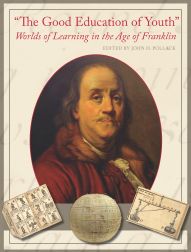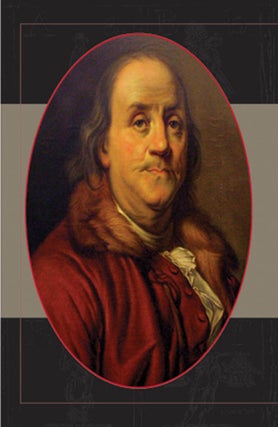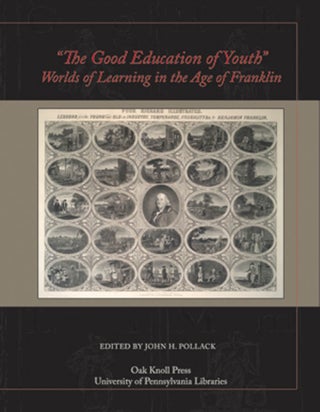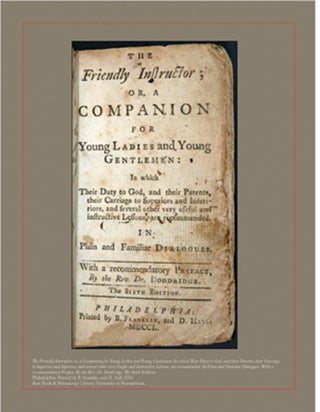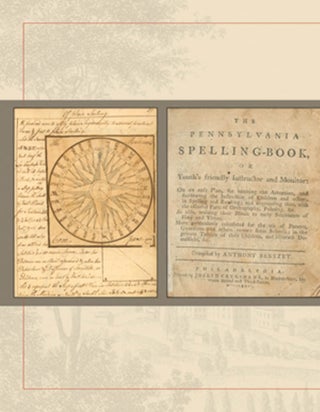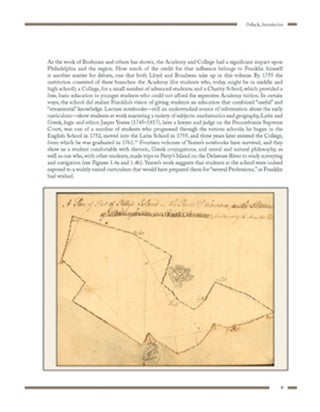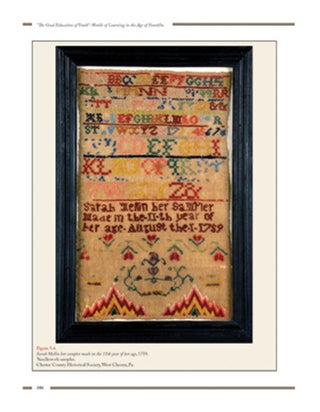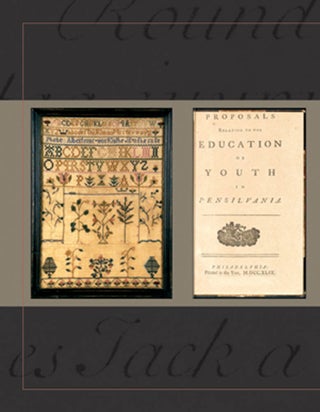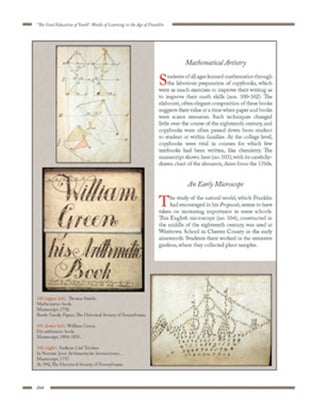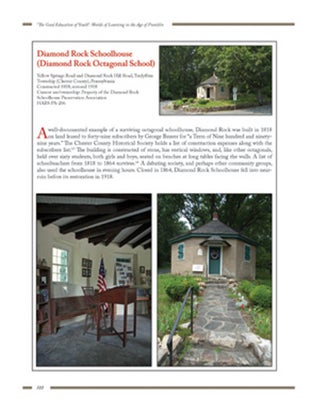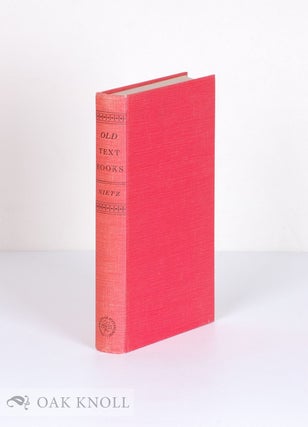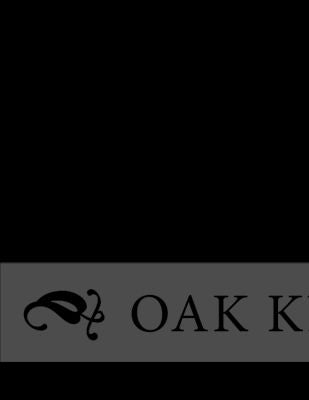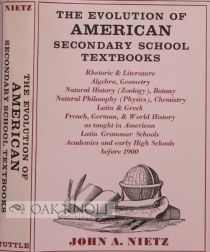"THE GOOD EDUCATION OF YOUTH": WORLDS OF LEARNING IN THE AGE OF FRANKLIN.
- New Castle, Delaware and Philadelphia, Pennsylvania: Oak Knoll Press and University of Pennsylvania Libraries, 2009.
- 8.5 x 11 inches
- hardcover, dust jacket
- 352 pages
- ISBN: 9781584562627
Price: $49.95 other currencies
Order Nr. 100470
In 1749, Benjamin Franklin published his educational call to arms, Proposals Relating to the Education of Youth in Pensilvania. In it, Franklin set forth a radically new template for educating students, one that stressed social utility, secular independence, and an English language-based curriculum. This slim pamphlet led to the creation of the University of Pennsylvania, the fourth-oldest institution of higher education in North America. But what were schools like in the early Delaware Valley? Who received an education; how was it financed; and where did it occur? Who were the teachers; and what was taught? The essays in this collection seek to answer these questions by looking in detail at Franklin's projects for education alongside educational plans by and for Quakers, African Americans, women, German Americans, and the other populations of Pennsylvania and the region from the colonial era through the early national period.
Contributors to the volume include Michael Zuckerman, who argues that Franklin's vision of education was far more democratic than that of his counterpart Thomas Jefferson, although Jefferson is often hailed as a father of public education. William C. Kashatus surveys the many Quaker projects for education during the colonial period, while John C. Van Horne's study of projects for African American education in Philadelphia documents Franklin's involvement with the school for blacks supported by the Anglican Associates of Dr. Bray. Patrick Erben examines the diverse German communities and argues that Anglo observers like Franklin were particularly blind to innovative German educational projects occurring around them, and Carla Mulford looks at Franklin's attitudes towards women's education, both in theory and in practice. Also included are essays by George Boudreau on William Smith, the neglected pioneer of Philadelphian educational and cultural life, and by Mark Frazier Lloyd on how the Academy and College of Philadelphia under Smith moved away from Franklin's original intentions and ideals. An Afterword by University of Pennsylvania scholars Ira Harkavy, Lee Benson, and Matthew Hartley considers how Franklin's vision for education can guide institutions like Penn in the twenty-first century.
These essays relate and respond to an exhibition prepared by the University of Pennsylvania Libraries in 2006, and the full catalogue of the exhibition is included in this volume. Drawing on the collections of the University of Pennsylvania, the Historical Society of Pennsylvania, and other Philadelphia-area libraries, museums, and schools, the exhibition surveys the educational landscape of the period and provides a vital context for understanding the importance, originality, and ongoing relevance of Franklin's vision. It includes full color reproductions of original documents, printed books, and artifacts, as well as a brief illustrated essay by Lynne Farrington on The Friendly Instructor, a newly rediscovered Franklin imprint concerning education. An accompanying photographic essay assembles for the first time images of numerous surviving school buildings in the Delaware Valley, many of them previously unknown and little studied.
Co-published with University of Pennsylvania Libraries.

